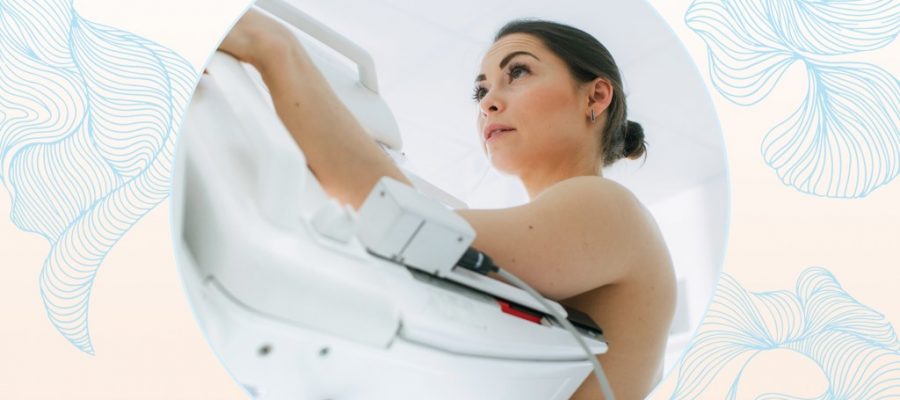
We may not live in a world with robot doctors, but AI technology has become advanced enough to improve the work of radiologists. In a recent clinical trial published last week in The Lancet Oncology, adding an AI algorithm helped in spotting 20 percent more breast cancer in mammography screenings than from radiologists alone. Rolling out this technology in healthcare could help with early detection and potentially better treatment outcomes for those affected.
“We have the opportunity to take our care to the next level such that we’ll be able to reduce the types of treatment and the severity of the treatment necessary for our newly diagnosed breast cancer patients,” says Dr. Kathy Schilling, medical director of Lynn Women’s Health & Wellness, part of Baptist Health South Florida.
Breast cancer is the second leading cause of cancer death for women living in the US. Early diagnosis and treatment are key. If caught in time, women with stage 1 breast cancer have a 99 percent chance of living 5 years beyond diagnosis.
According to the study, AI-supported imaging would lift the burden on radiologists to screen through hundreds of images and instead direct their attention more towards those the AI considers most suspicious. Doing so would free up time for radiologists to help more patients and decrease radiologist burnout.
Mammograms are very good at finding breast cancer, but they are not perfect. One in 8 breast cancers is missed from these screenings. Women with dense breasts, for example, are more likely to have a false-negative result because their breast tissue is similar in density to tumors. Dr. Richard Reitherman, a radiologist and medical director of breast imaging at Orange Coast Medical Center, says AI helps with measuring breast density and informs radiologists whether extra tests like an MRI are needed.
There’s also the chance for human error when analyzing images. Dr. Schilling says the switch from 2D to 3D mammography in recent years has given radiologists a lot of information to examine. Instead of four images for every patient, they are now looking at 250. “The majority of the time we’re finding cases that are negative and it’s hard to keep your focus for subtle changes when you’re seeing 80 to 100 mammograms a day.” Dr. Reitherman says the latest applications for AI can help with detecting cancers humans wouldn’t normally see and be used as a risk management tool.
With all the buzz of AI — from acting as a personal assistant on smartphones to writing college-level essays — there is also a growing amount of concern for overpromising its capabilities. Even the most sophisticated system is limited based on how much data you feed it. Dr. Schilling says that if an AI product is not trained on a wide variety of populations, it may not function as well. This could lead to possibly mislabeling something as noncancerous or overdiagnosing harmless lesions.
A clinical trial is important in seeing whether rolling out AI technology in medical imaging is safe. In this first-of-its-kind study, more than 80,000 Swedish women between 40 to 80 years old were randomly assigned to get an AI-supported mammogram or a screening with readings from two radiologists. Using AI as a second set of eyes helped in detecting 20 percent more breast cancers. This included spotting cancerous cells that have not yet spread and breast cancers that spread to nearby breast tissue. Additionally, the technology also freed up time for doctors who spent 44.3 percent less time scanning through mammogram results.
“Every case is given a risk score from 0 to 100. With AI, we can spend more time on patients with high case scores and go through patients with low case scores a little bit quicker,” Dr. Schilling explains.
AI technology could potentially help catch breast cancer early and there’s growing interest in using AI to find other types of cancers. More recently, AI technology has helped with detecting lung cancer 6 years before doctors would see it on a CT scan. Other AI tools are helping neurosurgeons get a better sense of the aggressiveness of a brain tumor by analyzing the tumor’s DNA and improving treatment outcomes with early diagnosis of hard-to-treat pancreatic cancer.
“As radiologists, we’ve spent years training to learn patterns of disease and the computer can be taught to do that as well,” Dr. Schilling says. “I think AI is going to have a huge impact on radiology departments and all imaging in the future.”

Source: Read Full Article

